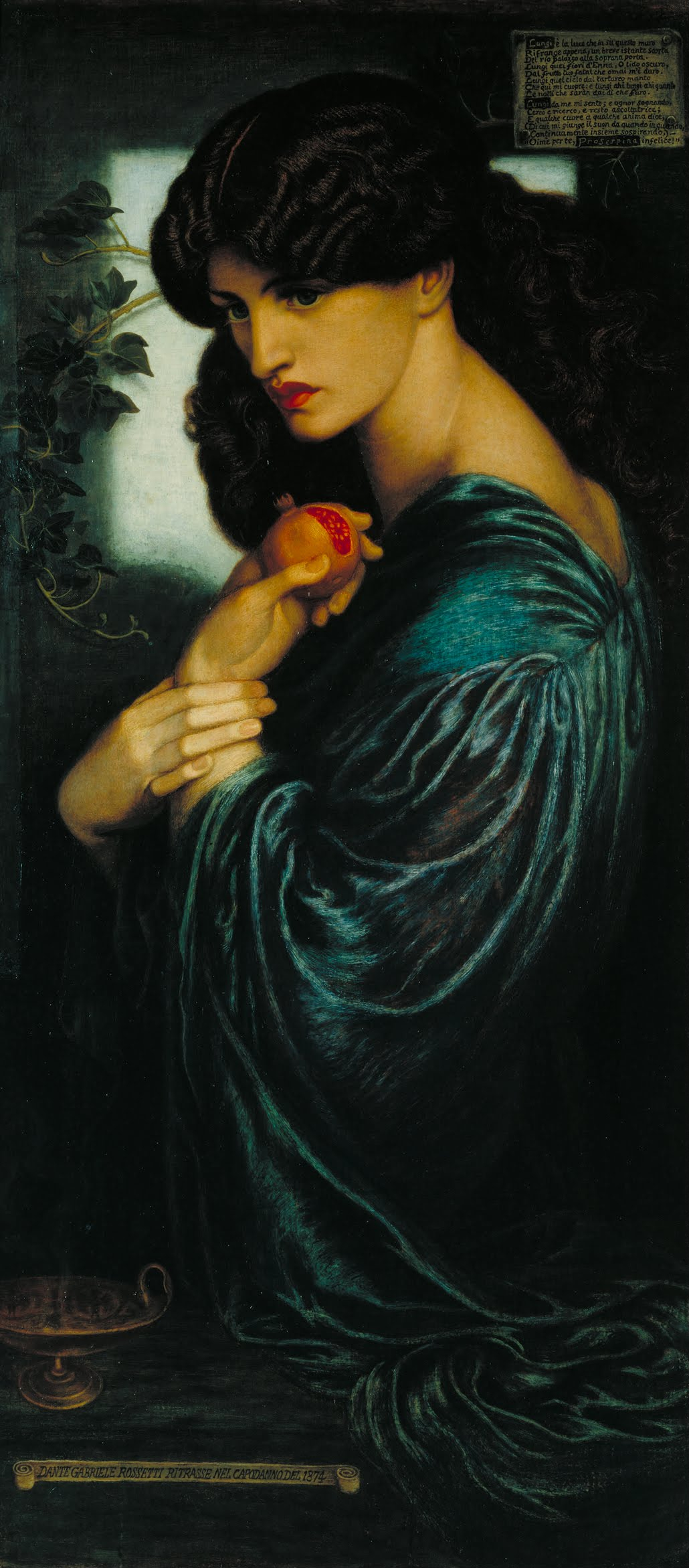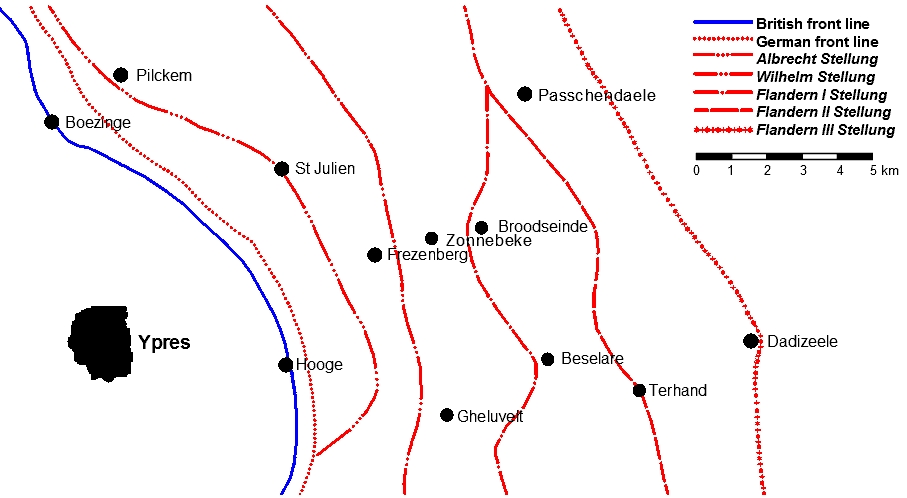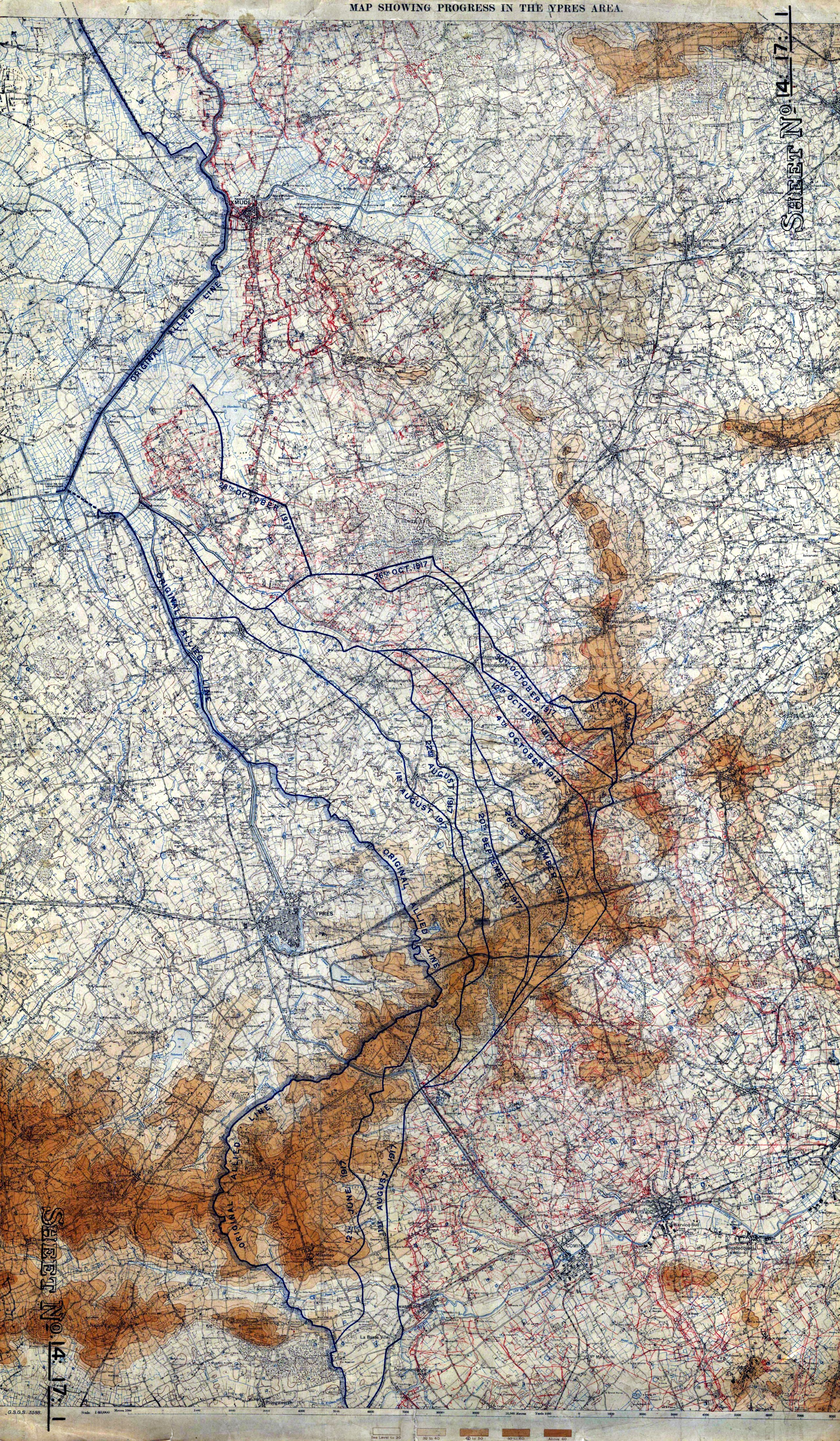|
David Jones (poet)
David Michael Jones CH ( David Walter Jones; 1 November 1895 – 28 October 1974) was a British painter and modernist poet. As a painter he worked mainly in watercolour on portraits and animal, landscape, legendary and religious subjects. He was also a wood-engraver and inscription painter. In 1965, Kenneth Clark took him to be the best living British painter, while both T. S. Eliot and W. H. Auden put his poetry among the best written in their century. Jones's work gains form from his Christian faith and Welsh heritage. Biography Early life Jones was born at Arabin Road, Brockley, Kent, now a suburb of South East London, and later lived in nearby Howson Road. His father, James Jones, was born in Flintshire in north Wales, to a Welsh-speaking family, but he was discouraged from speaking Welsh by his father, who believed that habitual use of the language might hold his child back in a career. James Jones moved to London to work as a printer's overseer for the ''Christian Hera ... [...More Info...] [...Related Items...] OR: [Wikipedia] [Google] [Baidu] |
Brockley
Brockley is a district and an wards of the United Kingdom, electoral ward of south London, England, in the London Borough of Lewisham south-east of Charing Cross. It has been named the best area of London to live in. It is an area rich in Victorian and Edwardian domestic architecture, historic trees and original lanes and mews. This is protected by a conservation area and the Brockley Society. It has a strong community and numerous popular cafes and restaurants. The station is on both the mainline railway and the Windrush Line. The London Borough of Lewisham's Draft Local Implementation Plan 2019-41 proposes linking the station to the Victoria to Dartford line which crosses Brockley station by 2030. History The name Brockley is derived from "Broca's woodland clearing", a wood where badgers are seen (''broc'' is the Old English for badger) or Brook (Stream) by a wood (Ley). In the late 12th century, a small Premonstratensians, Premonstratensian house was founded there, before ... [...More Info...] [...Related Items...] OR: [Wikipedia] [Google] [Baidu] |
Pre-Raphaelite
The Pre-Raphaelite Brotherhood (PRB), later known as the Pre-Raphaelites, was a group of English painters, poets, and art critics, founded in 1848 by William Holman Hunt, John Everett Millais, Dante Gabriel Rossetti, William Michael Rossetti, James Collinson, Frederic George Stephens and Thomas Woolner who formed a seven-member "Brotherhood" partly modelled on the Nazarene movement. The Brotherhood was only ever a loose association and their principles were shared by other artists of the time, including Ford Madox Brown, Arthur Hughes (artist), Arthur Hughes and Marie Spartali Stillman. Later followers of the principles of the Brotherhood included Edward Burne-Jones, William Morris and John William Waterhouse. The group sought a return to the abundant detail, intense colours and complex compositions of Quattrocento Italian art. They rejected what they regarded as the mechanistic approach first adopted by Mannerism, Mannerist artists who succeeded Raphael and Michelangelo. The ... [...More Info...] [...Related Items...] OR: [Wikipedia] [Google] [Baidu] |
Eric Gill
Arthur Eric Rowton Gill (22 February 1882 – 17 November 1940) was an English sculptor, letter cutter, typeface designer, and printmaker. Although the ''Oxford Dictionary of National Biography'' describes Gill as "the greatest artist-craftsman of the twentieth century: a letter-cutter and type designer of genius", he is also a figure of considerable controversy following the revelations of his sexual abuse of two of his daughters and of his pet dog. Gill was born in Brighton and grew up in Chichester, where he attended the local college before moving to London. There he became an apprentice with a firm of ecclesiastical architects and took evening classes in stone masonry and calligraphy. Gill abandoned his architectural training and set up a business cutting memorial inscriptions for buildings and headstones. He also began designing chapter headings and title pages for books. As a young man, Gill was a member of the Fabian Society, but later resigned. Initially identifying w ... [...More Info...] [...Related Items...] OR: [Wikipedia] [Google] [Baidu] |
Walter Sickert
Walter Richard Sickert (31 May 1860 – 22 January 1942) was a German-born British painter and printmaker who was a member of the Camden Town Group of Post-Impressionist artists in early 20th-century London. He was an important influence on distinctively British styles of avant-garde art in the mid and late 20th century. Sickert was a cosmopolitan and an eccentric who often favoured ordinary people and urban scenes as his subjects. His work includes portraits of well-known personalities and images derived from press photographs. He is considered a prominent figure in the transition from Impressionism to Modernism. Decades after his death, several authors and researchers theorised that Sickert might have been the London-based serial killer Jack the Ripper, but the claim has largely been dismissed. Training and early career Sickert was born in Munich, Kingdom of Bavaria, on 31 May 1860, the eldest son of Oswald Sickert, a Danish artist, and his English wife, Eleanor Louisa H ... [...More Info...] [...Related Items...] OR: [Wikipedia] [Google] [Baidu] |
Bernard Meninsky
Bernard Meninsky (25 July 1891 – 12 February 1950) was a British painter of figures and landscapes in oils, watercolour and gouache, a draughtsman and a teacher.. Biography Early life and education Meninsky was born in Konotop, modern-day Ukraine, where his father was a tailor and the family were Yiddish-speaking Ukrainian Jews. They moved to Liverpool when Bernard was six weeks old. The family name was apparently 'Menushkin'. Although Meninsky left school at the age of eleven, his talent for art was demonstrated by the sale of a drawing to a local comic postcard business. While working as an errand boy during the day, he attended free classes in art in the evenings, and these enabled him to gain a place at the Liverpool School of Art. He studied there from 1906 to 1911, being financed by a succession of scholarships. He attended summer courses at the Royal College of Art, London, in August 1909 and August 1910, and in 1911 he won a scholarship to study at the Académie Julian ... [...More Info...] [...Related Items...] OR: [Wikipedia] [Google] [Baidu] |
Westminster School Of Art
The Westminster School of Art was an art school in Westminster, London. History The Westminster School of Art was located at 18 Tufton Street, Deans Yard, Westminster, and was part of the old Royal Architectural Museum. H. M. Bateman described it in 1903 as: "... arranged on four floors with galleries running round a big square courtyard, the whole being covered over with a big glass roof. Off the galleries were the various rooms which made up the school, the galleries themselves being filled with specimens of architecture which gave the whole place the air of a museum, which of course it was." In 1904 the art school moved and merged with the Westminster Technical Institute, in a two-story building on Westminster's Vincent Square, established by the philanthropy of Angela Burdett-Coutts, 1st Baroness Burdett-Coutts in 1893. People associated with the School Academics and teachers * Adrian Allinson, art teacher (c. 1947) * Walter Bayes Walter John Bayes (31 May 1869 ... [...More Info...] [...Related Items...] OR: [Wikipedia] [Google] [Baidu] |
Walter Bayes
Walter John Bayes (31 May 1869 – 21 January 1956) was an English painter and illustrator who was a founder member of both the Camden Town Group and the London Group and also a renowned art teacher and critic. Biography Early life Bayes was born in St Pancras, London, the second of four children to Alfred Walter Bayes, a painter and etcher who exhibited regularly at the Royal Academy, and Emily Ann Fielden. Walter's sister, Jessie Bayes, Jessie, was a designer in the Arts and Crafts style and his younger brother was the sculptor Gilbert Bayes. Walter Bayes attended the Quaker School at Saffron Waldon. While there, he and E.V. Lucas and Graham Hill started a periodical broadsheet.E.V. Lucas “The old contemporaries” (1935) Methuen, p.147. He then attended University College School before beginning work in a solicitor's office. He did not enjoy the work and in 1886 began to take evening classes at the City and Guilds of London Institute in Finsbury before studying full-time a ... [...More Info...] [...Related Items...] OR: [Wikipedia] [Google] [Baidu] |
Armistice Of 11 November 1918
The Armistice of 11 November 1918 was the armistice signed in a railroad car, in the Compiègne Forest near the town of Compiègne, that ended fighting on land, at sea, and in the air in World War I between the Entente and their last remaining opponent, Germany. Previous armistices had been agreed with Bulgaria, the Ottoman Empire and Austria-Hungary. It was concluded after the German government sent a message to American president Woodrow Wilson to negotiate terms on the basis of a recent speech of his and the earlier declared " Fourteen Points", which later became the basis of the German surrender at the Paris Peace Conference, which took place the following year. Also known as the Armistice of Compiègne (, ) from the town near the place where it was officially agreed to at 5:00 a.m. by the Allied Supreme Commander, French Marshal Ferdinand Foch, it came into force at 11:00 a.m. Central European Time (CET) on 11 November 1918 and marked a vic ... [...More Info...] [...Related Items...] OR: [Wikipedia] [Google] [Baidu] |
Trench Fever
Trench fever (also known as "five-day fever", "quintan fever" (), and "urban trench fever") is a moderately serious infectious disease caused by the bacterium '' Bartonella quintana'' and transmitted by body lice. From 1915 to 1918 between one-fifth and one-third of all British troops reported ill had trench fever while about one-fifth of ill German and Austrian troops had the disease. The disease persists among the homeless. Outbreaks have been documented, for example, in Seattle and Baltimore in the United States among injecting drug users and in Marseille, France, and Burundi. Trench fever is also called Wolhynia fever, shin bone fever, Meuse fever, His disease, and His–Werner disease or Werner-His disease (after Wilhelm His Jr. and Heinrich Werner). Signs and symptoms The disease is classically a five-day fever of the relapsing type, rarely exhibiting a continuous course. The incubation period is relatively long, at about two weeks. The onset of symptoms is usually sudd ... [...More Info...] [...Related Items...] OR: [Wikipedia] [Google] [Baidu] |
Battle Of Passchendaele
The Third Battle of Ypres (; ; ), also known as the Battle of Passchendaele ( ), was a campaign of the First World War, fought by the Allies of World War I, Allies against the German Empire. The battle took place on the Western Front (World War I), Western Front, from July to November 1917, for control of the ridges south and east of the Belgian city of Ypres in West Flanders, as part of a strategy decided by the Entente at conferences in November 1916 and May 1917. Passendale, Passchendaele lies on the last ridge east of Ypres, from Roulers (now Roeselare), a junction of the Bruges-(Brugge)-to-Kortrijk railway. The station at Roulers was on the main supply route of the German 4th Army (German Empire), 4th Army. Once Passchendaele Ridge had been captured, the Allied advance was to continue to a line from Thourout (now Torhout) to Couckelaere (Koekelare). Further operations and a British supporting attack along the Belgian coast from Nieuport (Nieuwpoort, Belgium, Nieuwpoort), ... [...More Info...] [...Related Items...] OR: [Wikipedia] [Google] [Baidu] |
Pilckem Ridge
The Battle of Pilckem Ridge (31 July – 2 August 1917) was the opening attack of the Third Battle of Ypres in the First World War. The British Fifth Army (United Kingdom), Fifth Army, supported by the Second Army (United Kingdom), Second Army on the southern flank and the French (First Army) on the northern flank, attacked the German 4th Army (German Empire), 4th Army, which defended the Western Front (World War I), Western Front from Lille northwards to the Ypres Salient in Belgium and on to the North Sea coast. On 31 July, the Anglo-French armies captured Pilckem (Flemish dialects, Flemish: Pilkem) Ridge and areas on either side, the French attack being a great success. After several weeks of changeable weather, heavy rain fell during the afternoon of 31 July. In the XIX Corps (United Kingdom), XIX Corps area in the centre and on the right of XVIII Corps (United Kingdom), XVIII Corps, three reserve brigades advanced from the black line to the main objective (green line) and p ... [...More Info...] [...Related Items...] OR: [Wikipedia] [Google] [Baidu] |
Ypres Salient
The Ypres Salient, around Ypres, in Belgium, was the scene of several battles and a major part of the Western Front during World War I. Location Ypres lies at the junction of the Ypres–Comines Canal and the Ieperlee. The city is overlooked by Kemmel Hill in the south-west and from the east by low hills running south-west to north-east with Wytschaete ( Wijtschate), Hill 60 to the east of Verbrandenmolen, Hooge, Polygon Wood and Passchendaele ( Passendale). The high point of the ridge is at Wytschaete, from Ypres, while at Hollebeke the ridge is distant and recedes to at Polygon Wood. Wytschaete is about above the plain; on the Ypres–Menin road at Hooge, the elevation is about and at Passchendaele. The rises are slight, apart from the vicinity of Zonnebeke, which has a From Hooge and to the east, the slope is near Hollebeke, it is heights are subtle but have the character of a saucer lip around Ypres. The main ridge has spurs sloping east and one is particularly ... [...More Info...] [...Related Items...] OR: [Wikipedia] [Google] [Baidu] |








